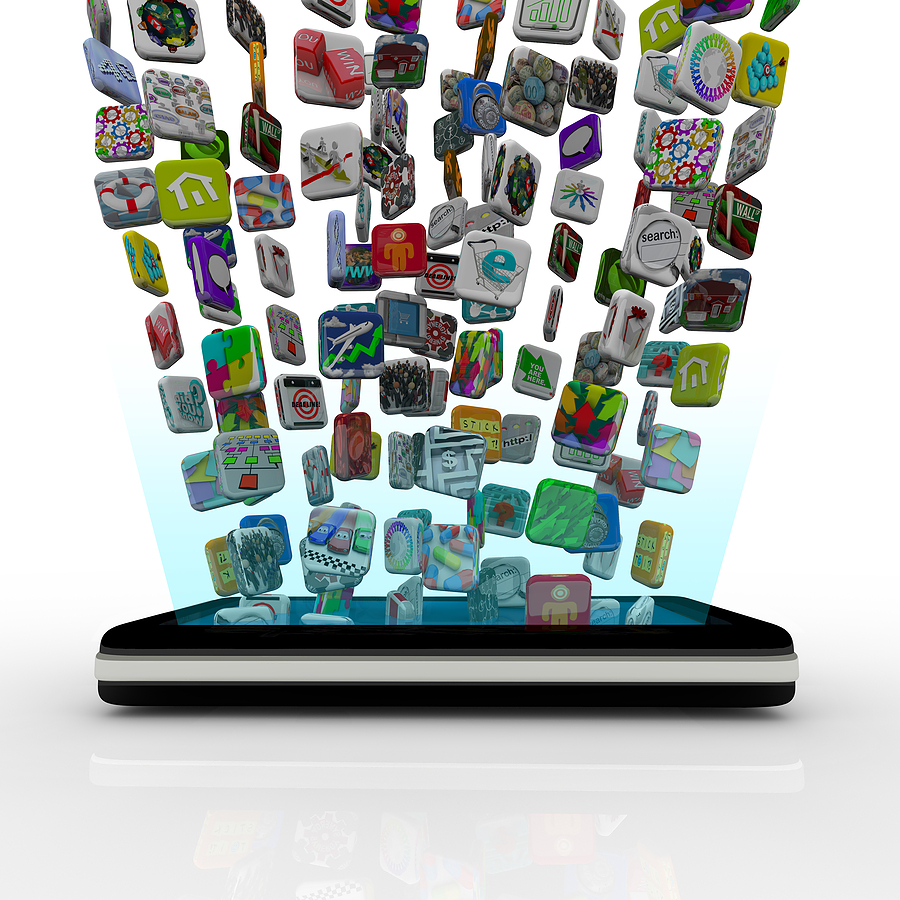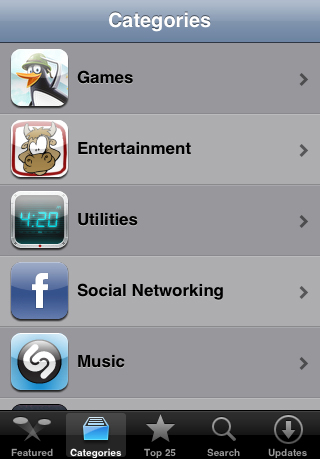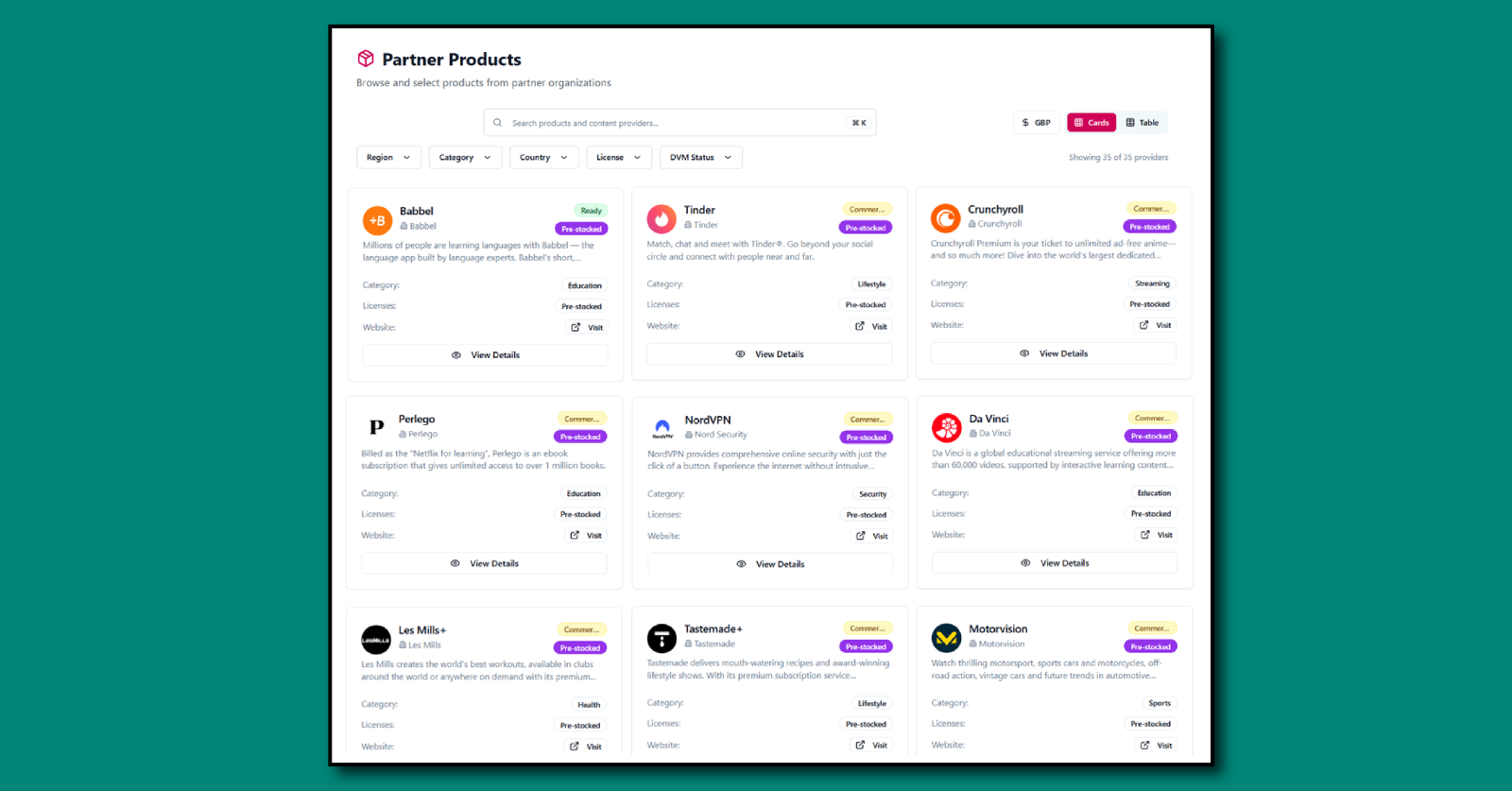“Losing the Plot”
by Sukey Miller

 Despatching my 7 year old son to bed recently as an episode of Law and Order began on the TV, he turned and asked, “Are you watching one of those murdering programs?”
Despatching my 7 year old son to bed recently as an episode of Law and Order began on the TV, he turned and asked, “Are you watching one of those murdering programs?”
To his mind, the nuances that distinguish highly regarded programs like The Wire, Law and Order, CSI, The Shield etc are entirely lost. Instead, he sees this as one undifferentiated category of programming unified by the theme of “murdering”. He’s got a point, as have I in being unable to distinguish which of his cartoons, with its attendant plastic toys, is a Transformer, Power Ranger, Gormiti, Bakugan and so on.
This sense of losing the plot in a mass of undifferentiated products is familiar to anyone who browses a mobile app store. Recent reports published by Gartner and others indicate that we are heading towards 1 million apps spread across a slew of different stores pushed at mobile device users.
There’s an awful lot of repetition in there. Casting a critical eye over this ocean of apps suggests that perhaps 10% of these are different ‘kinds of things’, and that far fewer than this are original by any interpretation of that term. Many, indeed, are simply workman like substitutes for a web page, when quite frankly a web page does the job more easily and at much lower cost. I have no idea why you need an app to send your meter reading to the utility company, for example.
Yet watching a 7 year old boy describe the different powers of each of the action figure brands he eagerly follows, it’s clear that to him there are choices to be made. Likewise, I have my reasons for preferring an episode of Law and Order over CSI. I’m glad that there are a number of alternative “murdering” programs and that my preferences aren’t shared by absolutely everyone else.
 I recently had this debate about whether customers truly want choice for its own sake with a senior manager of one of the big global mobile app stores. His analysis seemed to be that customers need to be directed in their choices, rather than given open access to unlimited options. I think there is plenty of scope for editorial analysis, but not if the price is a reduction in choice. Experimentation is the catalyst for innovation, and in deciding which experiments are successful, the ultimate jury is the end consumer, not an intermediary arbiter of taste.
I recently had this debate about whether customers truly want choice for its own sake with a senior manager of one of the big global mobile app stores. His analysis seemed to be that customers need to be directed in their choices, rather than given open access to unlimited options. I think there is plenty of scope for editorial analysis, but not if the price is a reduction in choice. Experimentation is the catalyst for innovation, and in deciding which experiments are successful, the ultimate jury is the end consumer, not an intermediary arbiter of taste.
So while many individuals observe urban music, or Saturday night TV programming, or mobile app stores and feel like they are losing the plot in a mass of indistinguishable sameness, in each category there are fine choices to be made if you’re interested and motivated. The close interaction between creator and consumer is one of the innovations of the internet, and it’s worth while each of us plotting our own path through the mass of online content to preserve this important relationship.
![]()
Subscribe to our newsletter
Get the latest subscription bundling news and insights delivered straight to your inbox.



